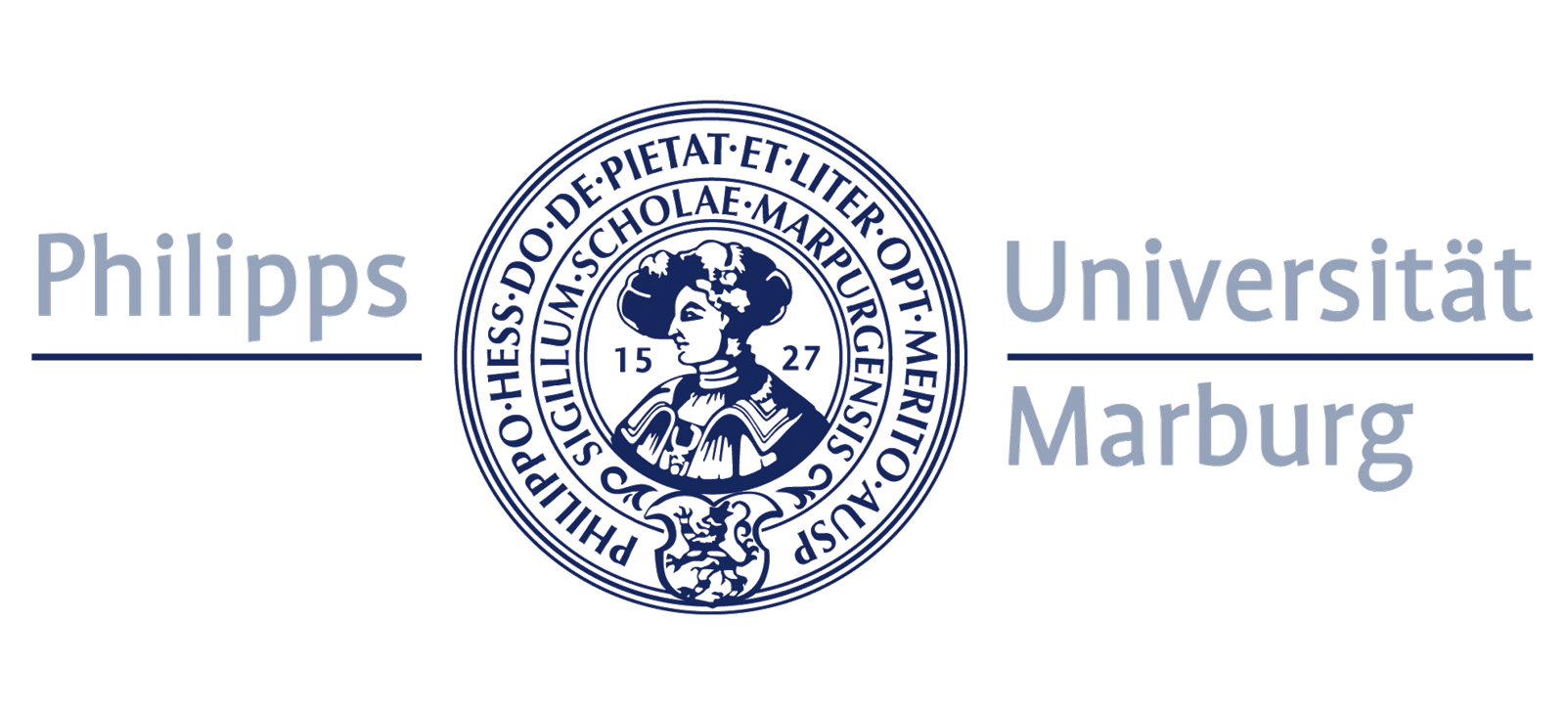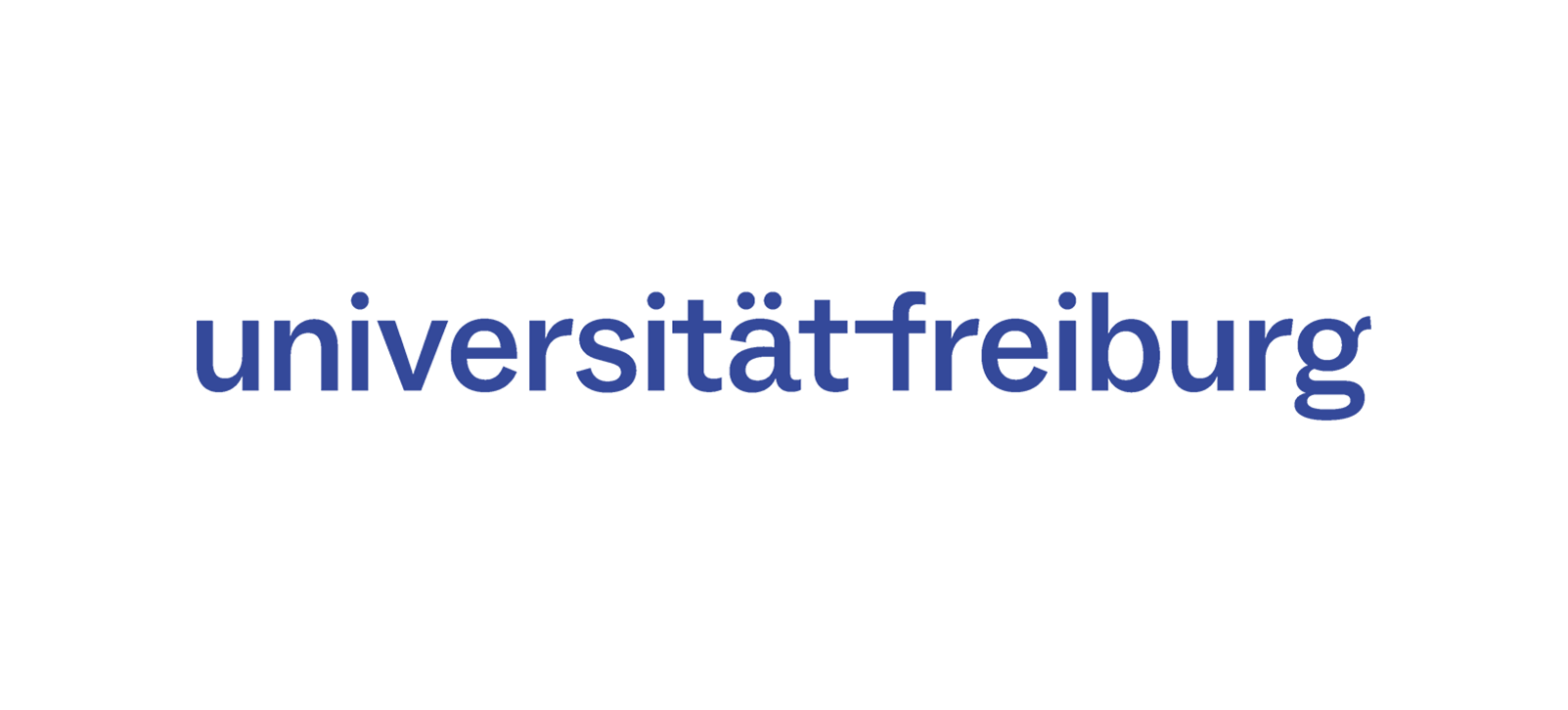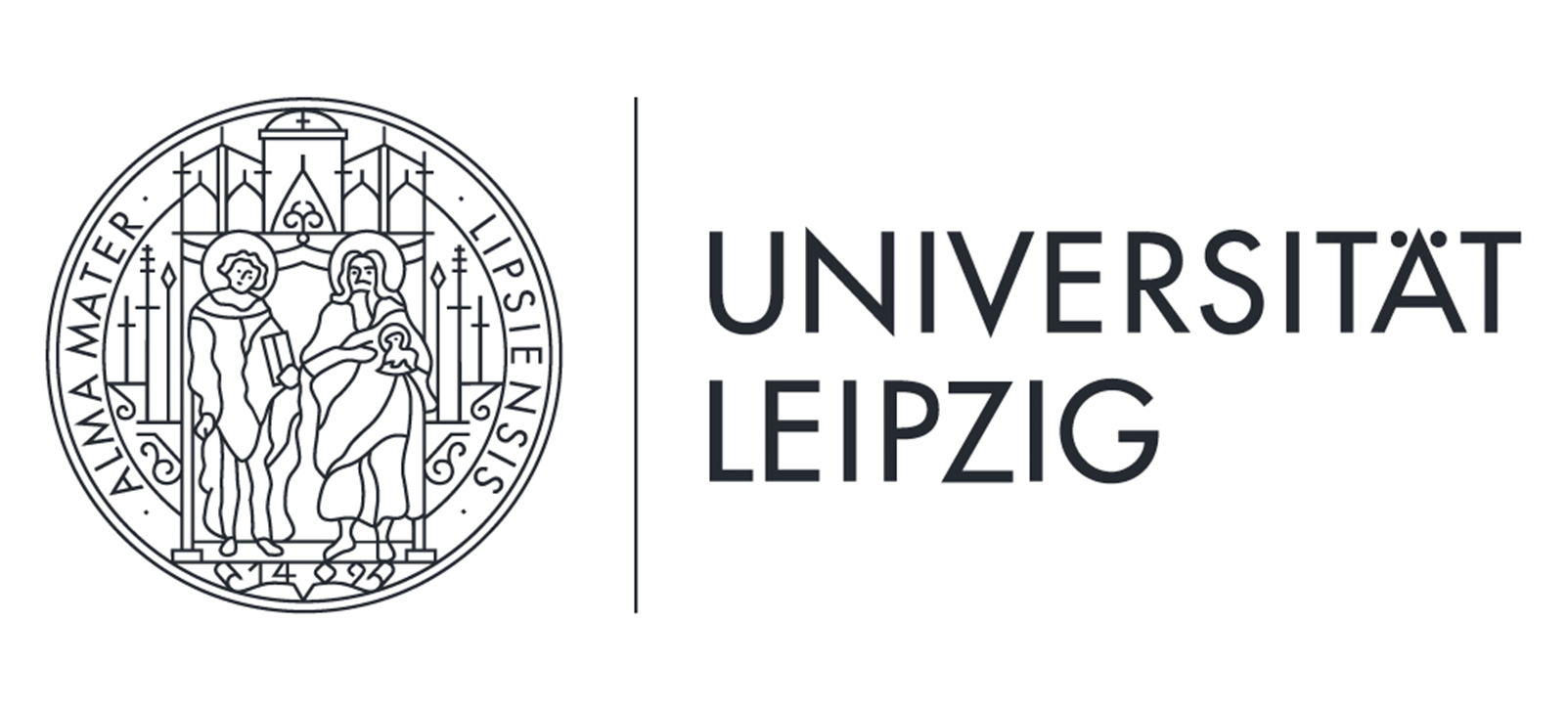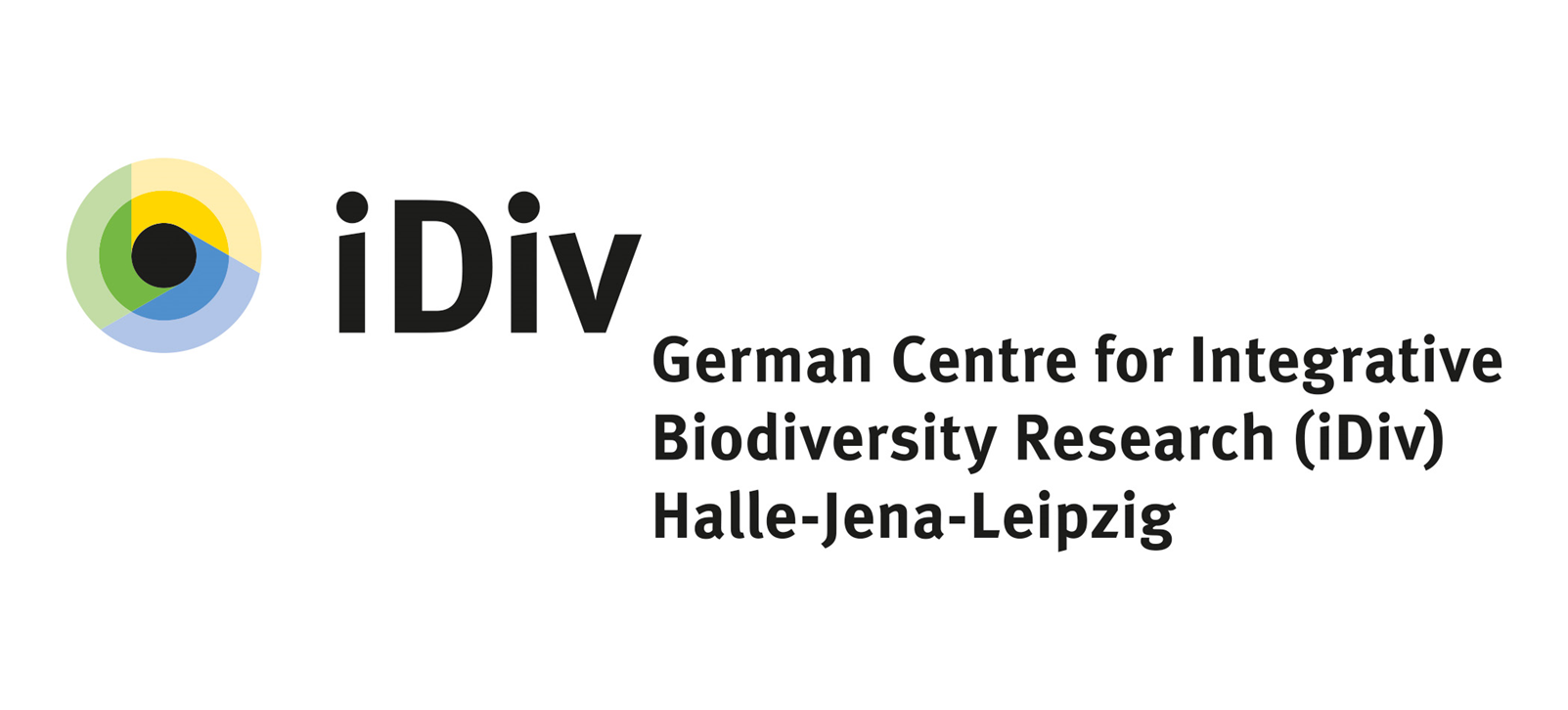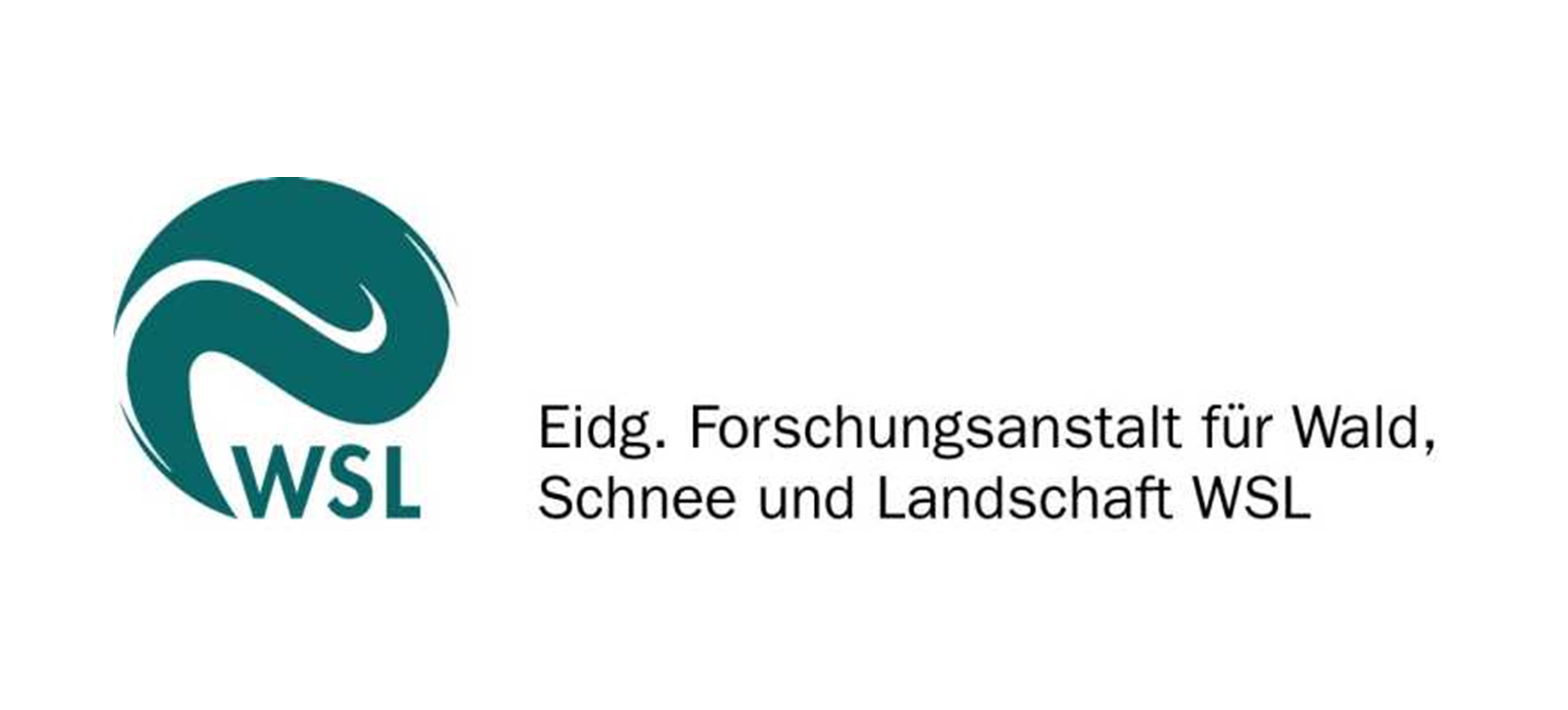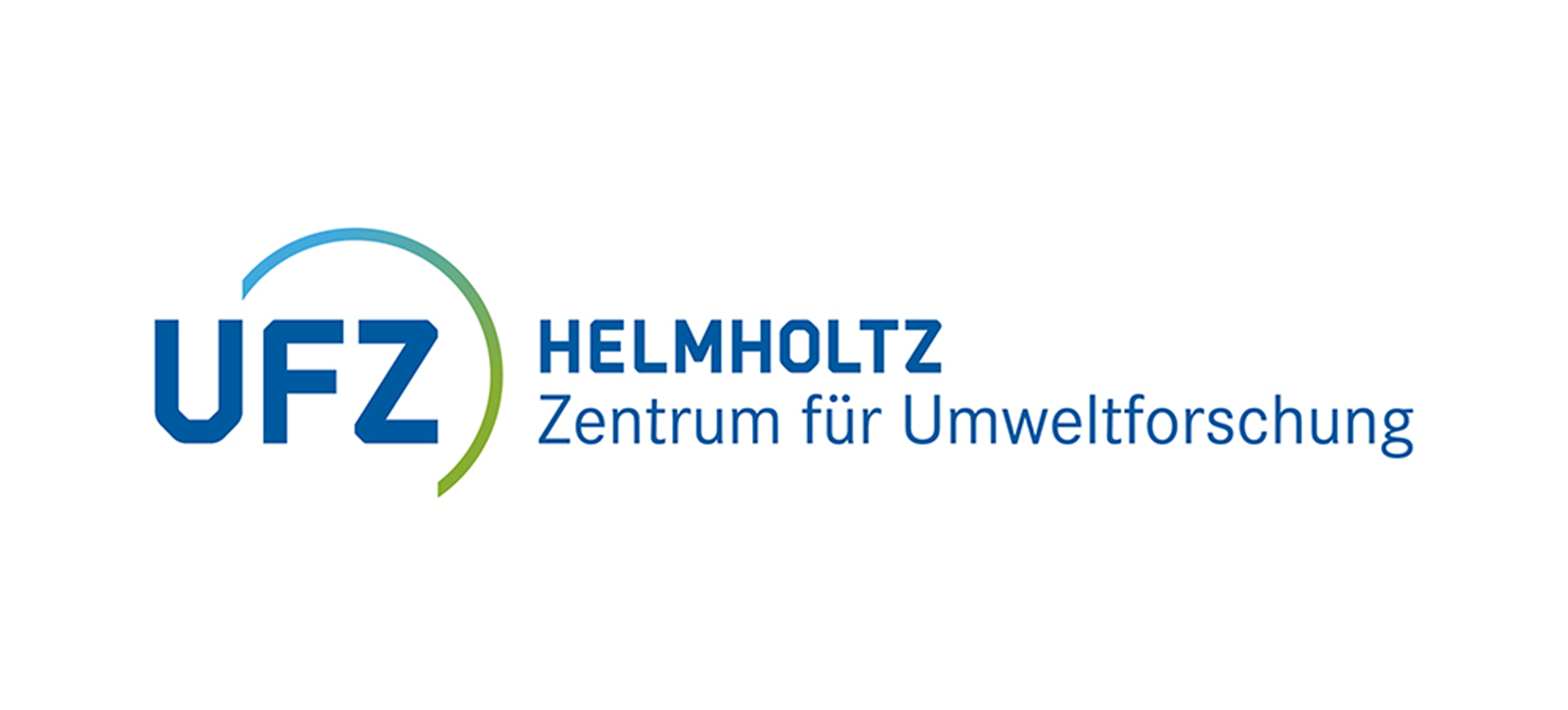Main Content
Subproject 7 - The role of tree-nematode interactions in the acclimation and adaptation of trees
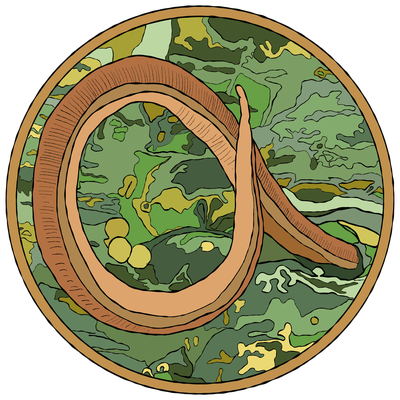
Simone Cesarz, Nico Eisenhauer, Stephanie Jurburg, April Lyn Leonar, Lu Wang
Plant-herbivore interactions are important drivers of community dynamics and ecosystem processes. Interactions between plants and insect herbivores are largely mediated by phytochemical traits. Therefore, factors that substantially alter phytochemistry can have far-reaching consequences at the ecosystem level. Intraspecific variation in plant defense chemistry may not only strongly vary among different plant genotypes but also depends on a plants developmental stage. However, only little is known about how the interaction between plant phenology, defense chemistry and the trade-offs between growth and chemical defenses are modulated by environmental variation and stress. The overarching goal of the proposed project is to determine how rhythmic growth patterns, herbivory, drought, and climatic gradients individually and in interaction affect oak chemistry and oak-herbivore interactions. To this end, we are using the oak clone DF159, which allows us to control for developmental and genotype variability. SP6 has three main objectives: O1 focuses on the interactions between growth and defense and their consequences for leaf-chewing and sucking herbivores along oak developmental stages and in response to drought and herbivory. We will explore the mechanisms underlying these relationships under controlled conditions in Ecotrons and test the transferability to real systems at semi-controlled and uncontrolled field sites; O2 aims to explore how changes in vertical microclimatic conditions within a forest affect relationships between shoot flushes, leaf chemistry, and herbivory. We will test for adaptations to different microclimatic conditions using controlled climate chamber experiments. O3 aims to develop automated detection of herbivory based on digital images captured by Phenocams (C2). By facilitating real-time herbivory measurements without the need for field visits, it will be possible to increase the spatio-temporal coverage and resolution required for a more holistic picture of the relationships between drought, plant physiology, plant phenology, and herbivory. All of our objectives contribute to the overarching goal of the research group (C1-O3) to establish oak clones as a model for ecological and evolutionary research on forest trees. O1 and O2 will contribute to a better understanding of phenotypic plasticity and stress memory of the oak holobiont under drought and in response to biotic interactions, and thus to the overall C1-O1 objectives. By developing a workflow for automated time-resolved identification of herbivory and growth stages, our O3 will be central to the overall objectives C1-O2, which aim to develop PhytOakmeter into a research and monitoring platform.
